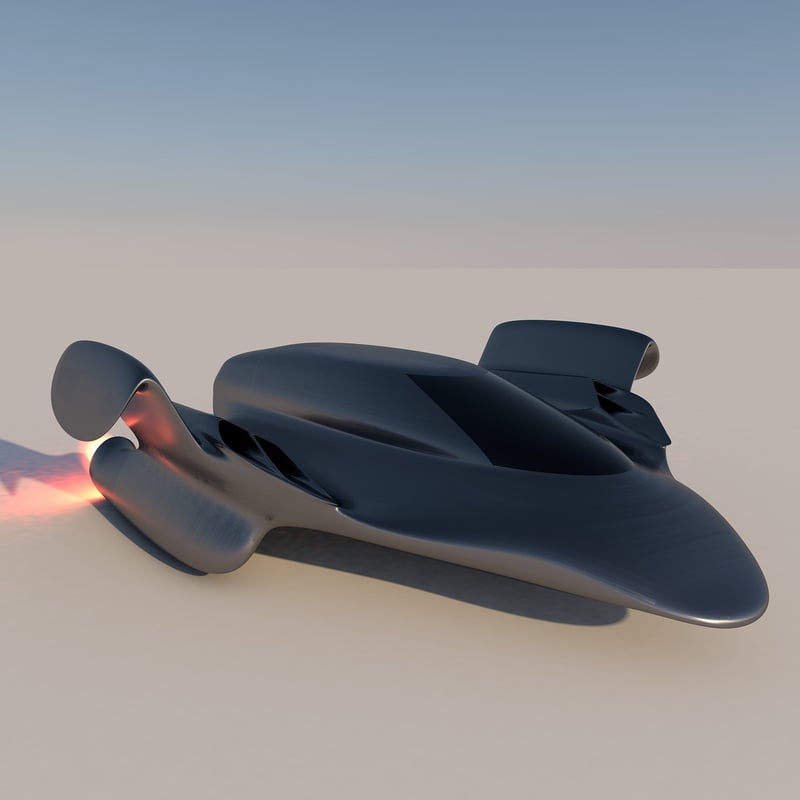Bootstrap Paradox
The Fascinating World of Temporal Conundrums and the Bootstrap Paradox
Time travel has long been a popular topic in science fiction, captivating audiences with its mind-bending possibilities and complex paradoxes. One such paradox that often puzzles both enthusiasts and physicists alike is the Bootstrap Paradox.
What is the Bootstrap Paradox?
The Bootstrap Paradox, also known as a causality loop or ontological paradox, refers to a situation in which an object or information is sent back in time and becomes trapped in an infinite cause-and-effect loop without a clear origin. In simpler terms, it raises the question of what came first - the object or information itself or the events that led to its creation.
Example of the Bootstrap Paradox
Imagine a scenario where a scientist travels back in time and gives their past self the blueprint for an advanced technology. The past self then uses this knowledge to invent the technology, which the future self later brings back in time. In this loop, it's impossible to determine the original source of the technology, creating a paradoxical situation where the technology exists without a point of origin.
Implications and Theories
The Bootstrap Paradox challenges traditional notions of cause and effect, leading to various theories and interpretations. Some believe it suggests a universe where events can be self-created without external influence, while others argue it points to the possibility of parallel timelines or alternate realities.
Conclusion
While the Bootstrap Paradox may seem like a mere thought experiment, its implications have sparked debates among scientists and philosophers about the nature of time, causality, and the potential consequences of time travel. As we continue to explore the mysteries of the universe, paradoxes like these remind us of the boundless complexities that await us.

For more intriguing insights into temporal conundrums and paradoxes, stay tuned for our upcoming articles!
